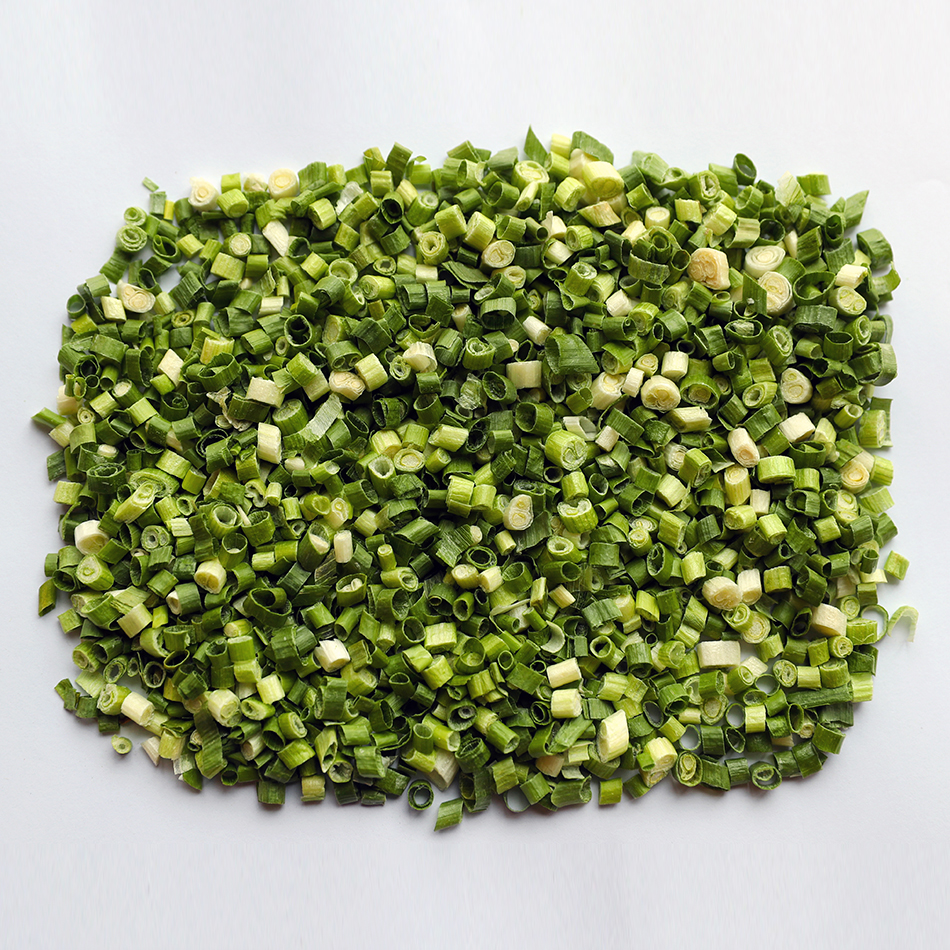1. Breeding during the rearing period When the ostrich grows to 4 months of age, the ostrich has reached a weight of 36 kg and can adapt to a variety of natural conditions. It should be fed in the rearing period. From the brooding period to the breeding period, we must do a good job in feed replacement. The practice is to feed the youngest material in the first week after de-warming, plus 1/3 of the material in the second week with 2/3 of the brooding material, and 2/3 of the material in the third week with the 1/3 of the brood material, and from the fourth All the ingredients are used in the week. The key to feeding ostrich breeding period is to prevent it from becoming too fat. Therefore, as the age of ostriches increases, the ability to absorb and use crude fiber gradually increases. It should be possible to allow them to eat green feed and limit the amount of mixed concentrate feed. In the summer and autumn morning, after the dew has disappeared, the ostriches are driven to the grazing or artificial grassland for grazing. Do not grazing with dew, because the dew will wet the ostrich's abdomen, causing swelling and diarrhea. The ostrich breeding period, which is not grazing, should be fed regularly and quantitatively, and it should be fed 4 times a day. 2. Management during the rearing period The ostriches over 3 months old can be kept outside in the spring and summer and outside the house in late autumn and winter, and they are required to enter the breeding shed at night. The ostriches live in desert areas and enjoy sand bathing. Through sand baths, they can clean their body and remove surface parasites, increasing their exercise capacity. The sheds and sports grounds should be filled with sand. It is best to use yellow river sand. The size of sand is moderate, and the thickness of sand is 10-20 cm. The playground can be partially sanded, partially planted with grass, and plant some shady trees or shading sheds. The ostrich's nerves are sensitive, and when frightened, the whole group rushes around, easily causing injuries and dystocia. Therefore, it is necessary to ensure the quiet environment around the ostrich farm and avoid sudden strong vibrations such as whistle, mechanical impact, and blasting. Two hours after feeding, the ostrich movement should be repelled to avoid excessive deposition of fat in ostriches. This is more important for large groups of breeding ostriches, and it is advisable to drive for one hour at a time. Ensure that clean drinking water is provided, wash the basin once a day, and disinfect it once a week. During the breeding period, the ostrich consumes large amounts of food and excretes more feces. Therefore, the stadium should often remove feces, foreign bodies, and regular disinfection. When the ostrich grows to 6 months of age, the first hair removal can be performed because the sale of feathers is a substantial income for breeding ostriches. It is usually plucking in the warm season and it cannot be pulled in the winter. Do not apply excessive force when pulling hair so as not to damage the skin. The hair on the abdomen must not be pulled out. We plucking once every 9 months later. Content sources Albert pheasants
Efficacy and role of chives: chives are the whole plant of the genus Allium in the Liliaceae family. The effects of chives are to invigorate the kidney, strengthen the stomach, warm the waist and knees, strengthen the yang and solidify the essence. Women have a lot of backache, choking and nausea. The taboo of eating chives is yin deficiency, internal heat or eye diseases, and it is not suitable to eat chives.
Air Dried Chive,Dried Leek Flake,Dried Chives,Freeze Dried Chives Topower Technology Limited , https://www.topower-foods.com